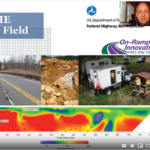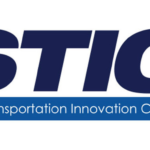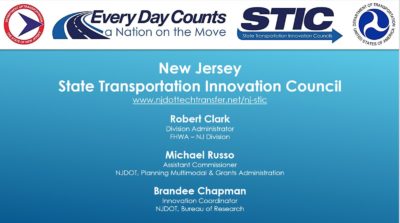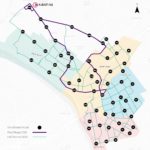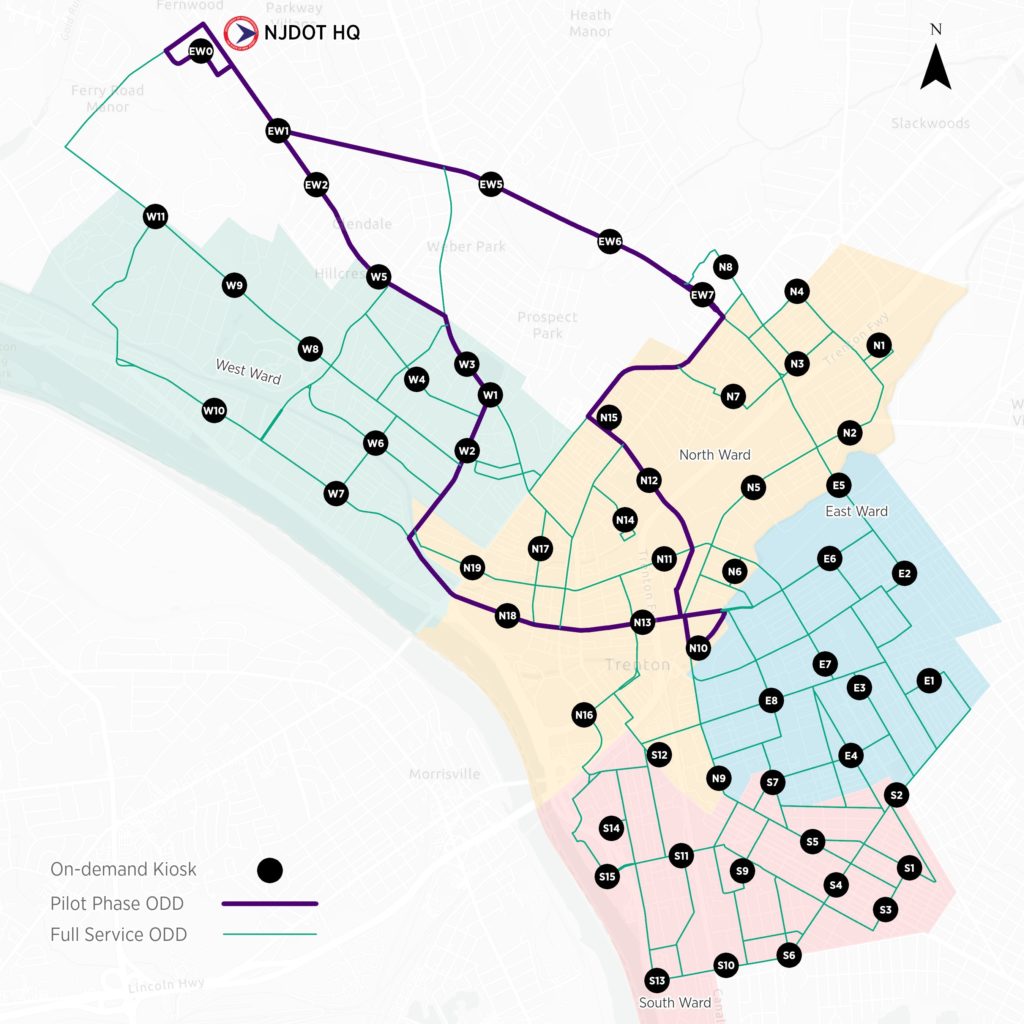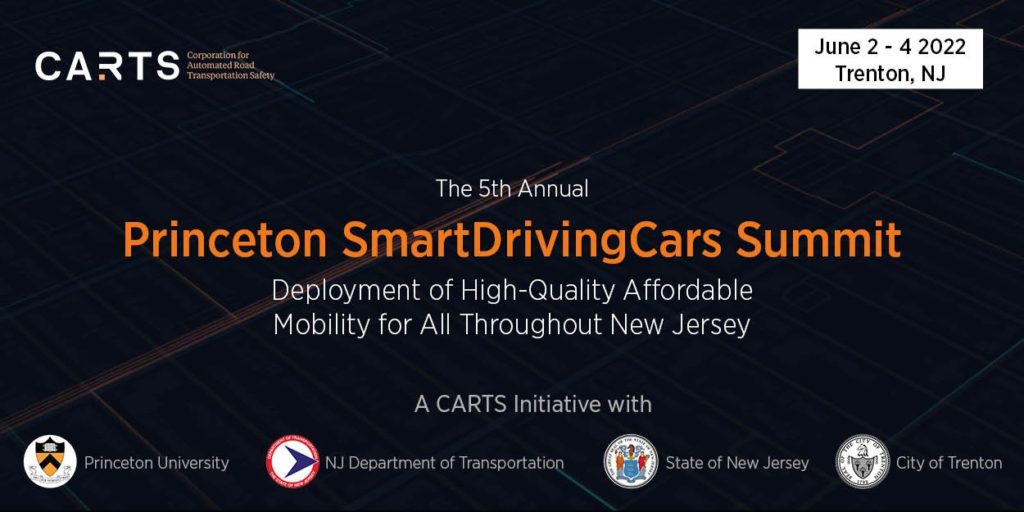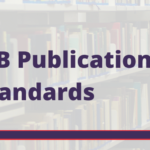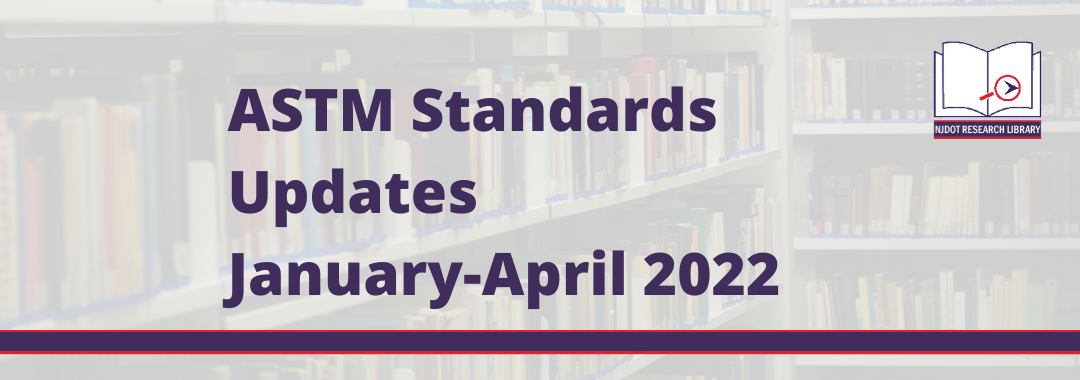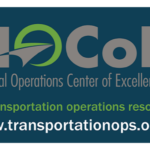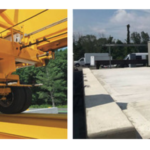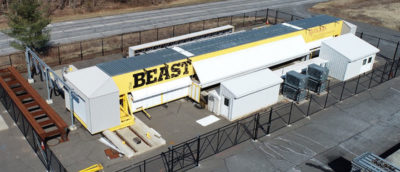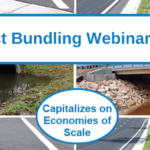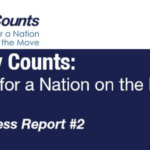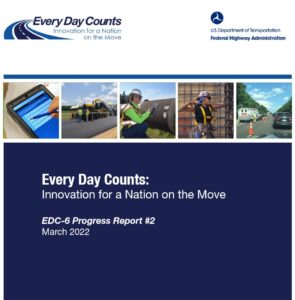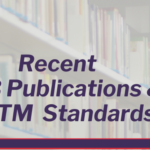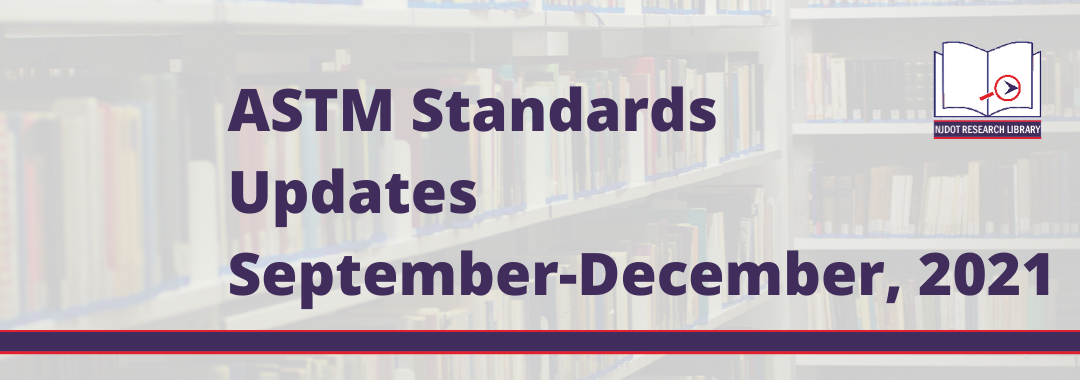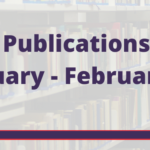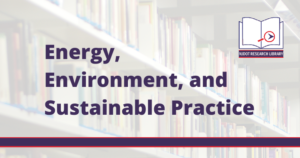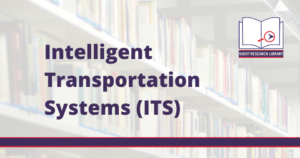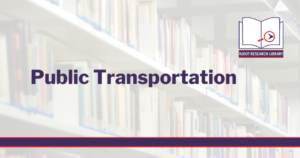The FHWA put together its “A-GaME Summer Super Sessions Series” in 2022, specifically focusing on improving geotechnical site characterization practices for construction decisions and constructability. These sessions have been uploaded to Youtube and the links can be found below.
June 22, 2022 – Session 1: Step into the Contractor’s Boots. Hear directly from four contractors on the “asks,” risks and decisions they face when preparing bids and making decisions based on subsurface conditions that might or might not be well investigated, characterized or communicated.
July 20, 2022 – Session 2: Manage Risk: Reduce Geotechnical Uncertainties Before Construction. Dive into the types of problems we experience during construction as a result of geotechnical uncertainties, and explore A-GaME technologies and other effective solutions to minimize those geotechnical uncertainties through case histories, applications of appropriate site characterization techniques and discussion.
August 17, 2022 – Session 3: Bridge the Gap: Communicating Subsurface Conditions for Construction. Geotechnical subsurface investigations are not just about design parameters. Geotechnical site characterization must also inform constructability decisions and provide contractors with the information needed to get the job done efficiently and effectively. Explore ways to improve our investigation processes, to effectively communicate site conditions to all stakeholders, and to establish a collective understanding of anticipated conditions and contingencies for bidding and construction decisions.
In recent years, the FHWA A-GaME webinar series has featured topics that highlight proven, effective exploration method and practices for enhanced, effective site characterization that reduce project risks, improve quality and accelerate project delivery. Experts from the FHWA, state DOTs, industry and academia have covered everything from the nuts and bolts of A-GaME methods to visualization and design.
If you missed the webinars live or want to review content, the archived webinars are now hosted on Deep Foundations Institute’s YouTube channel and available to watch on demand.
- Welcome Back to the A-GaME “Second Half”
- Selecting the Right Tools for the Job – Establishing the Project Goal and the Path to Get There
- Contracting: How to Assemble the A-GaME Team
- Outcomes: “Winning Your A-GaME”
- ‘Double-Header’ Geophysics: Electrical & Seismic Methods
- CPT: More Holes is More Better!
- MWD: The Digital Drill Rig
- A Look Down the Hole: Optical and Acoustic Televiewers
- Post-Game Analysis: Making the Most of your Methods
- Reporting and Visualizing the Big Picture for a Winning A-GaME Season
To stay in the know on A-GaME updates, FHWA invites you to Subscribe to A-GaME e-News!
For more information, contact Ben Rivers at Benjamin.Rivers@dot.gov.
Geophysics Users Group
The joint industry Geophysics Users Group was created in cooperation with FHWA, Geo-Institute, DOTs, DFI and TRB Committees AKG20 and AKG60 to address geophysics users’ needs. The group will be undertaking a launch project, DIGGS for Geophysics, that will contribute to the ASCE/DIGGS XML schema by incorporating geophysical data. The ambitious goal of the project is to develop a fully functional geophysical module in DIGGS in about one year.
If you are interested in geophysics, join the monthly virtual meetings on the second Tuesday of the month at 3:00 p.m. (ET). The meetings are held via Microsoft Teams, which will also be used to house information generated by the group. For more information visit the Geophysics Users Group Committee web page or contact Derrick Dasenbrock, FHWA Resource Center, at derrick.dasenbrock@dot.gov.

